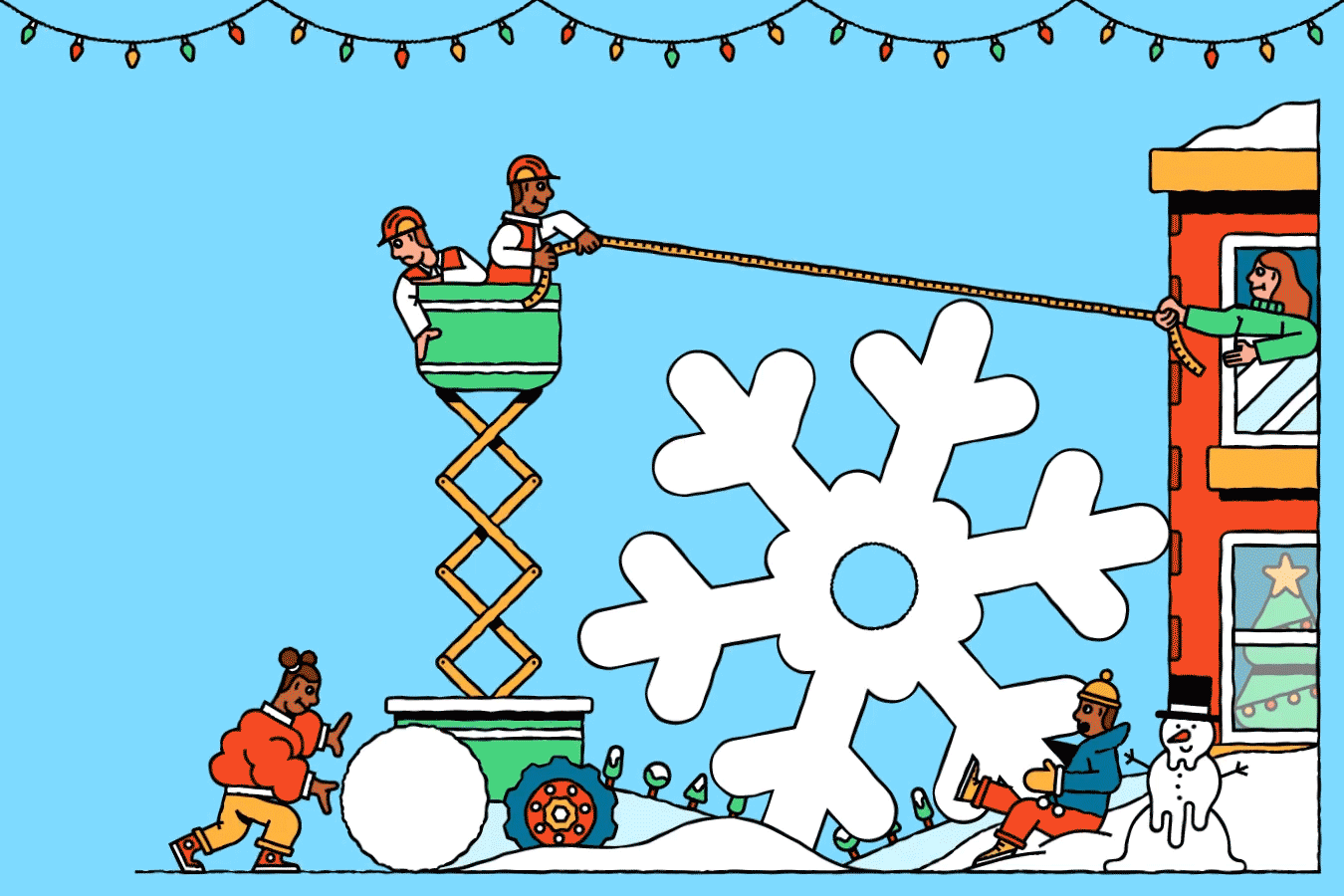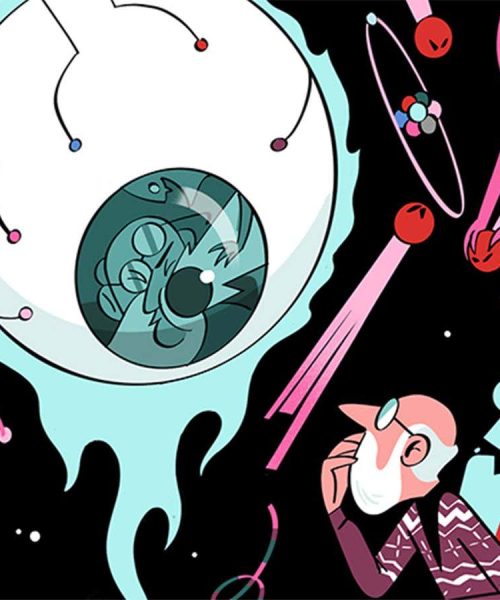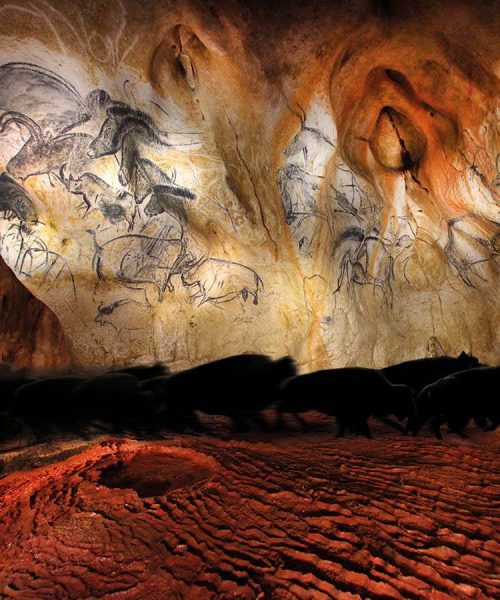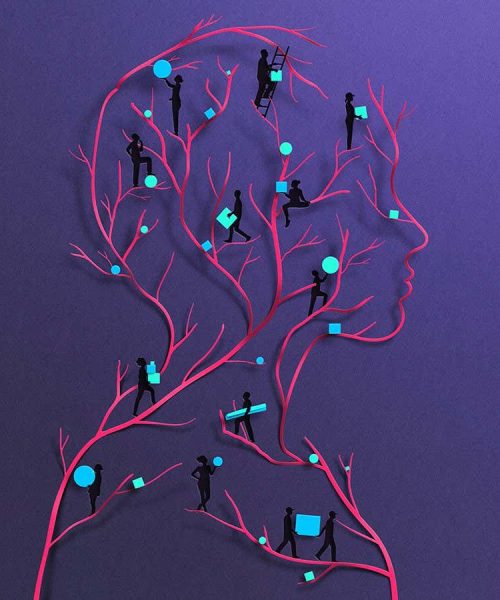
Tim Alexander
In London, where I live, you can forget about a white Christmas. The best I can hope for is a pitiful flurry of flakes. So, this year, I am on a mission to create my own snow. And not just any snow: for maximum festive impact, I want to make the world’s largest snowflake.
It will be a challenge. The Guinness world record stands at 38 centimetres across and 20 centimetres thick. This whopper was recorded in Montana in January 1887, when ranch owner Matt Coleman reported seeing snowflakes “larger than milk pans” during a severe storm. Admittedly, some experts are sceptical. “If this was falling from the sky, they would probably need to be wearing crash helmets,” says glaciologist Douglas Mair at the University of Liverpool, UK. Nevertheless, Guinness World Records insists that contemporary sources support the record.
But hold on! There’s an addendum: the largest snow crystal measured 10 millimetres. “A snow crystal is a single crystal of ice,” says Ken Libbrecht, who photographed the record-breaker in Ontario, Canada, in December 2003. The textbook image of a Christmas snowflake is actually a perfect snow crystal, he explains, whereas a snowflake is several crystals joined together. So perhaps I could break a record by making the world’s largest snow crystal instead – how hard can that be? “You’ll be able to grow some ice crystals from water vapour,” says Libbrecht, who makes “designer” snow crystals in his lab at the California Institute of Technology. “But if you want to make it look like a snow crystal – I mean an actual symmetrical snow crystal – that’s a tall order.” Clearly, I will need some help.…





